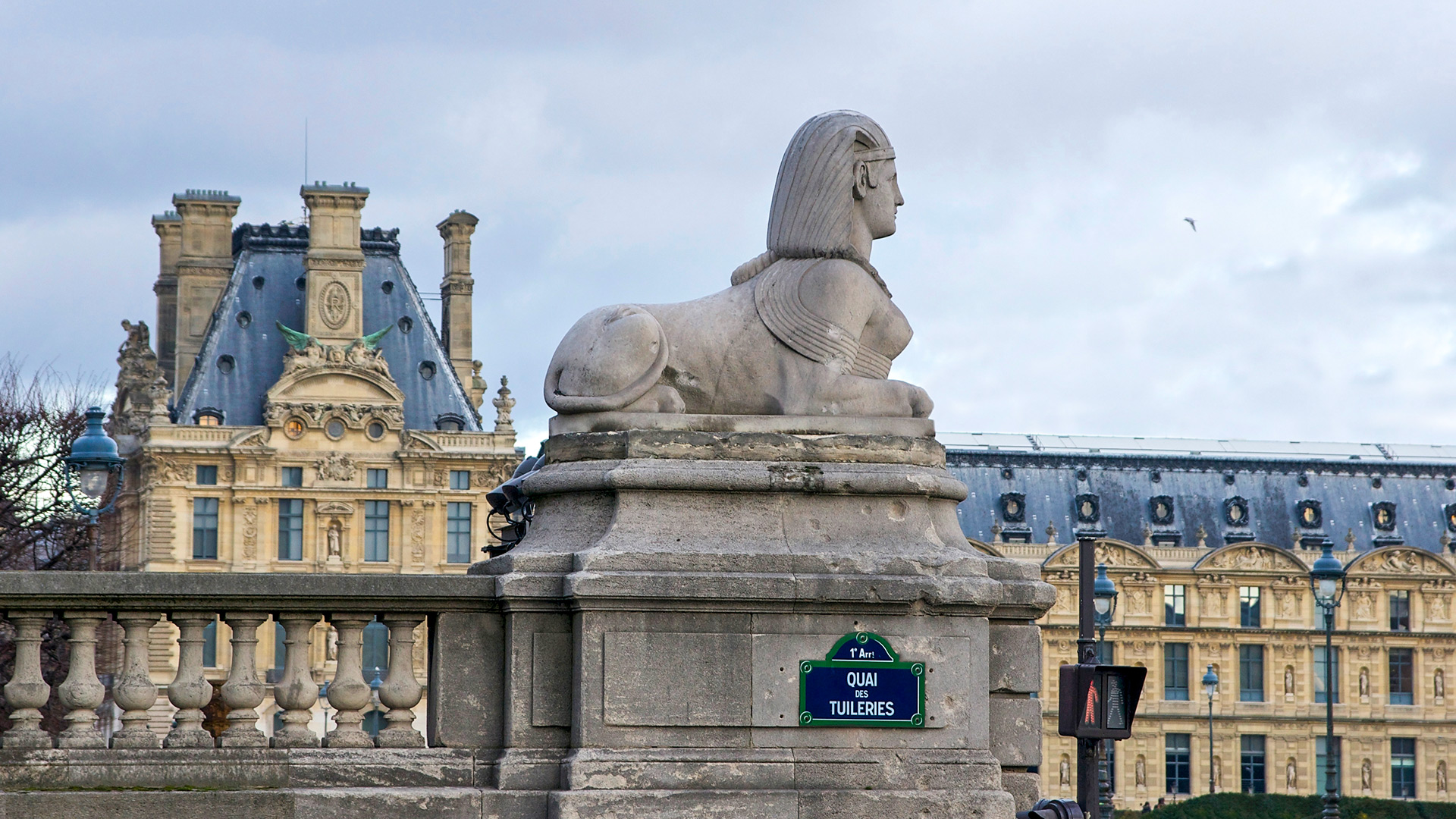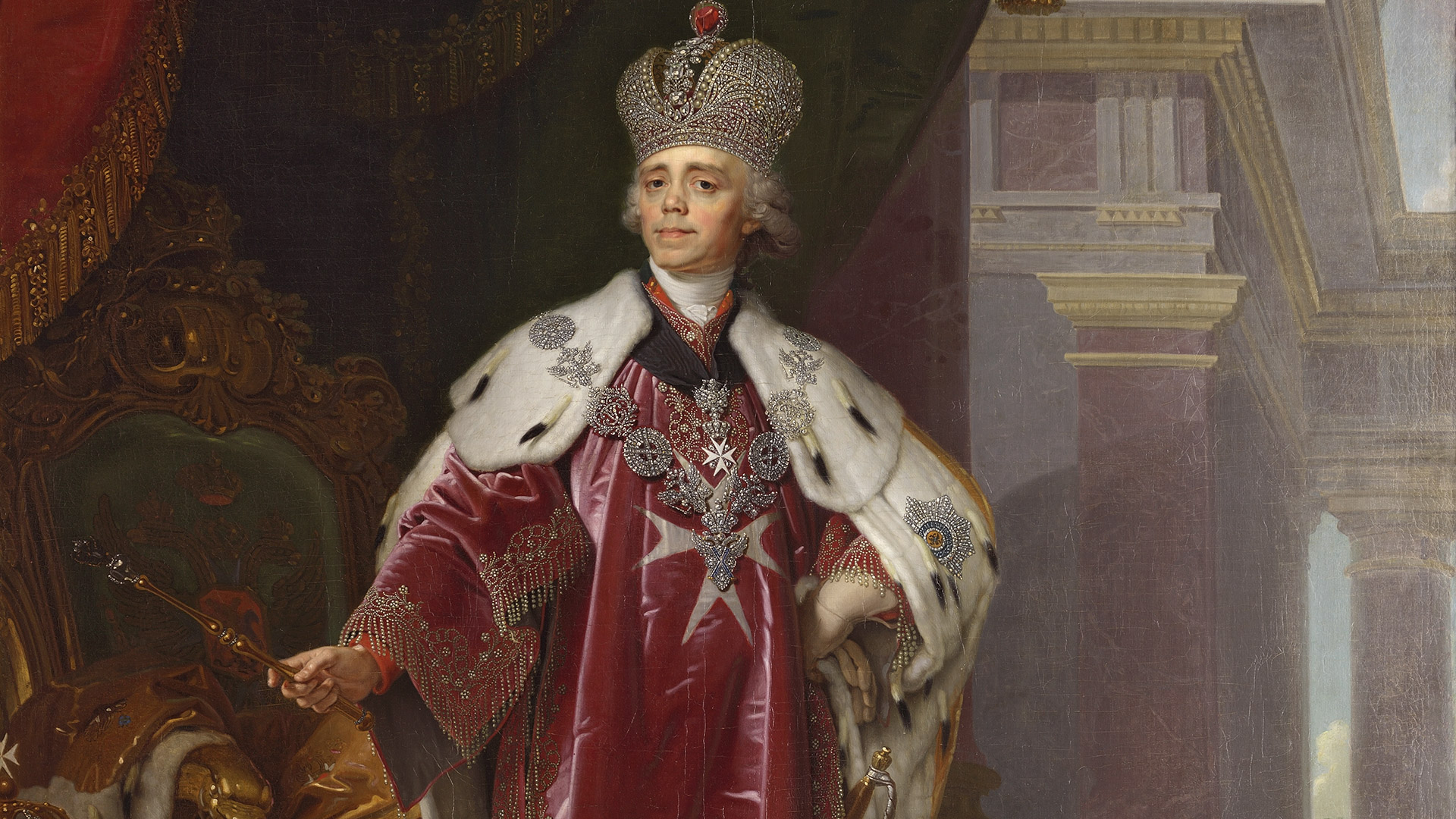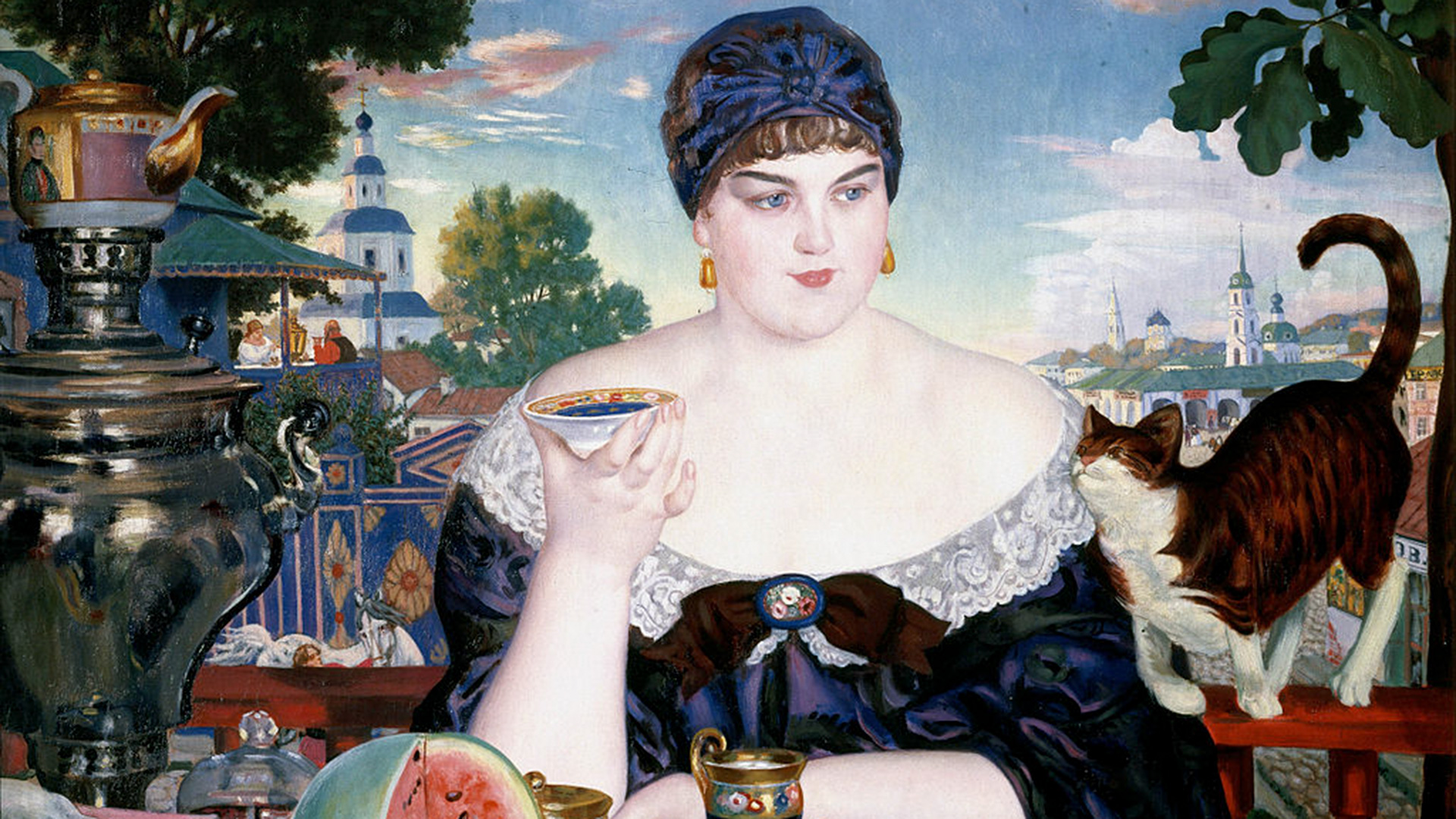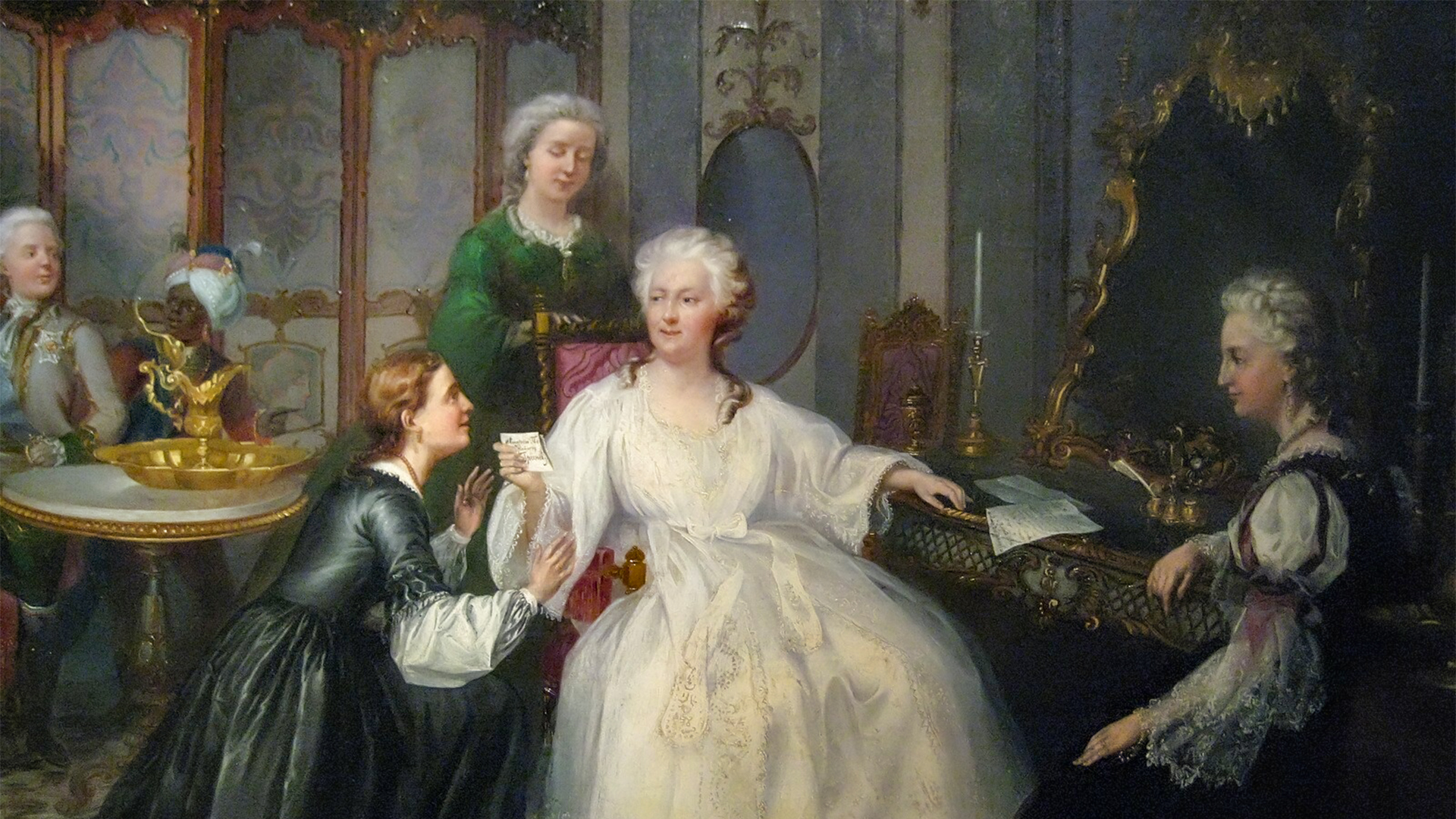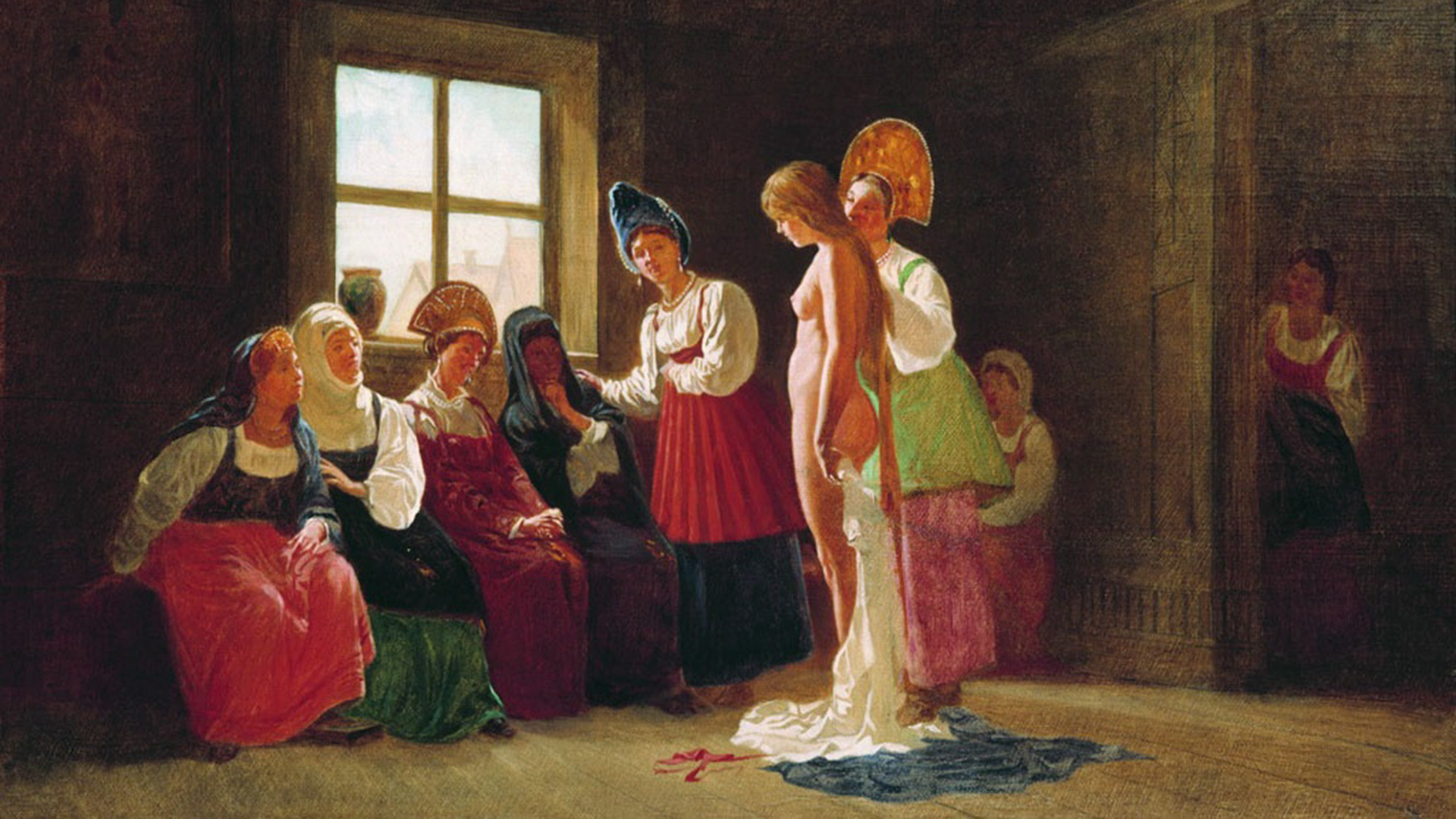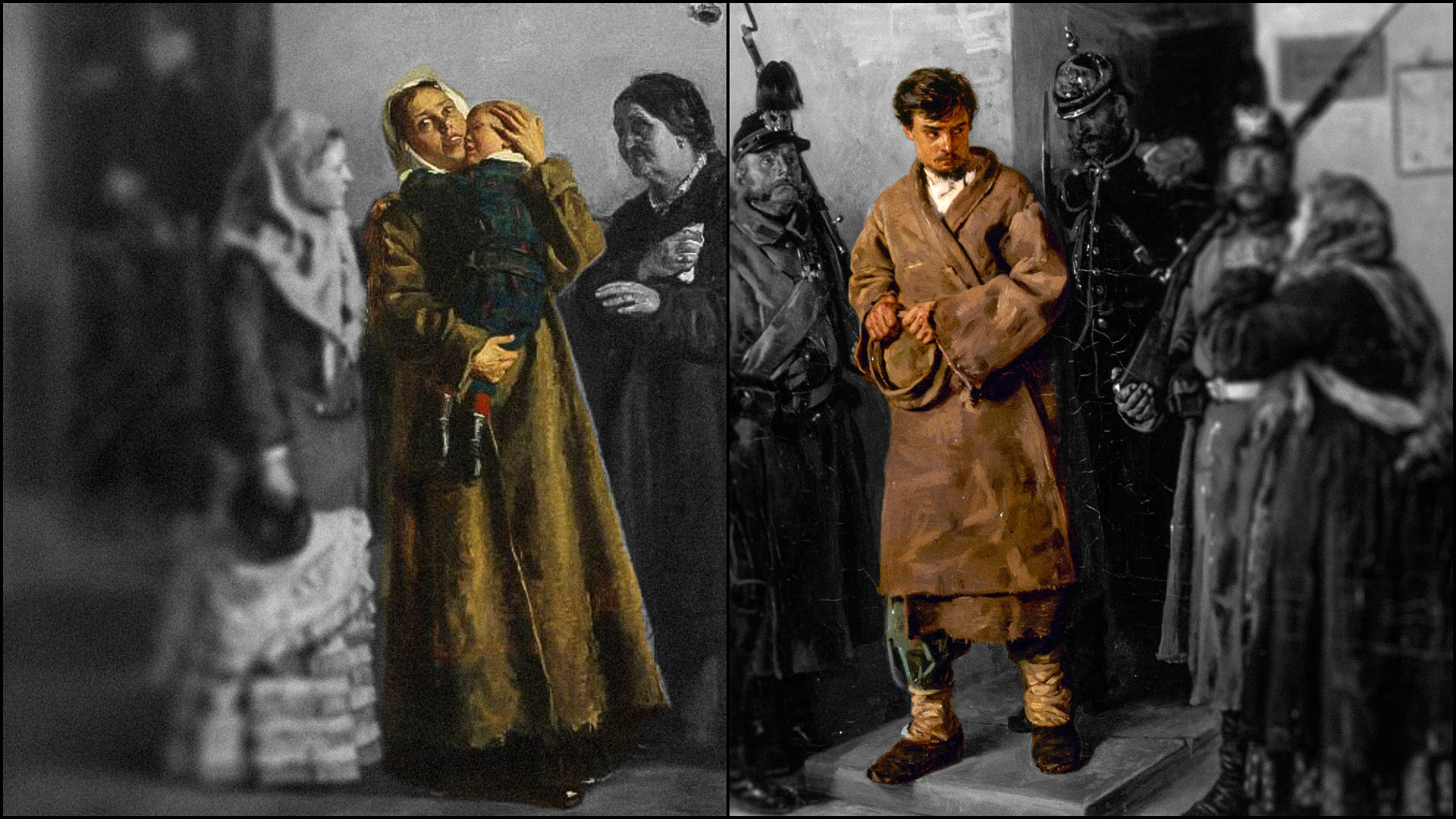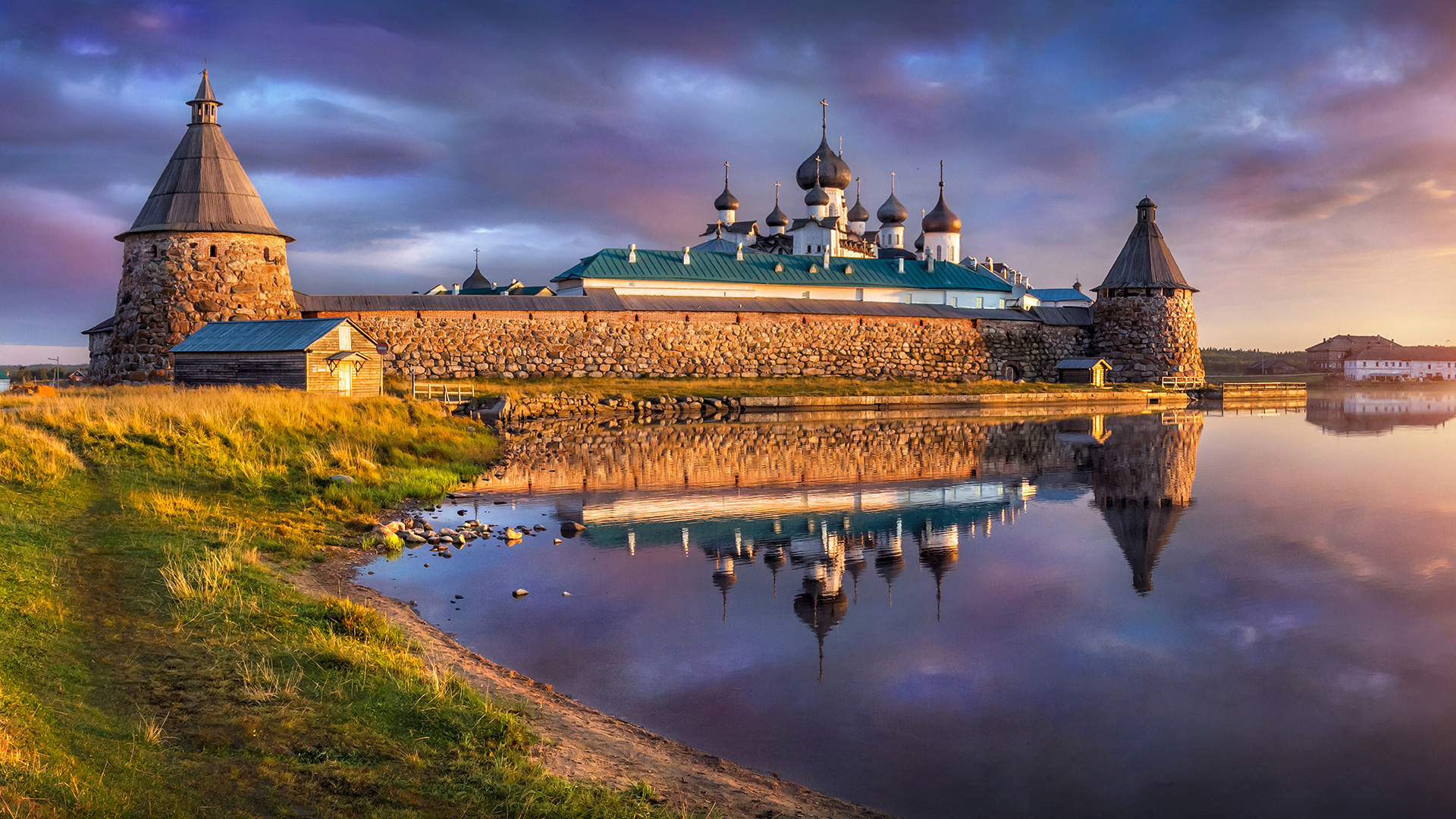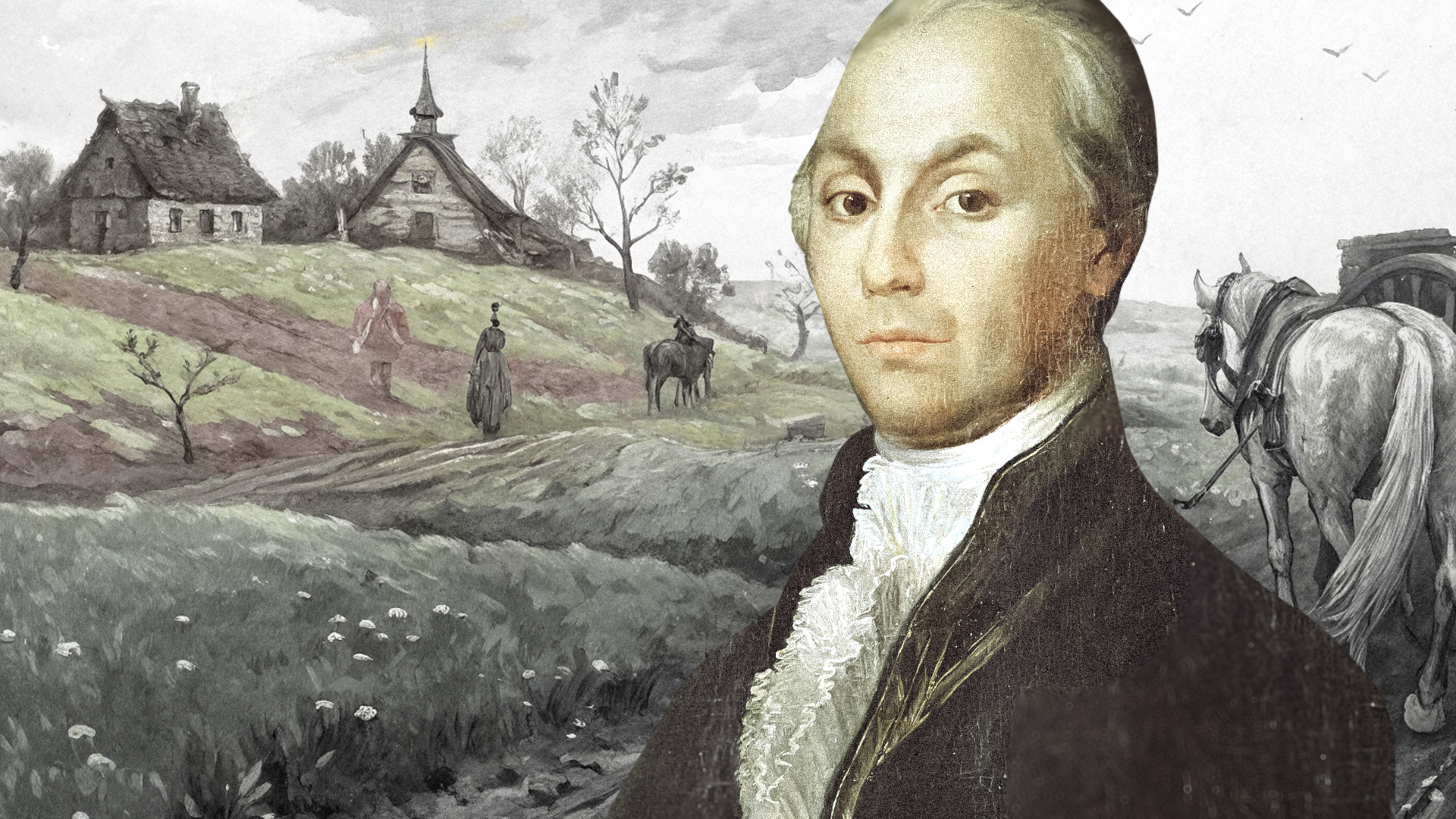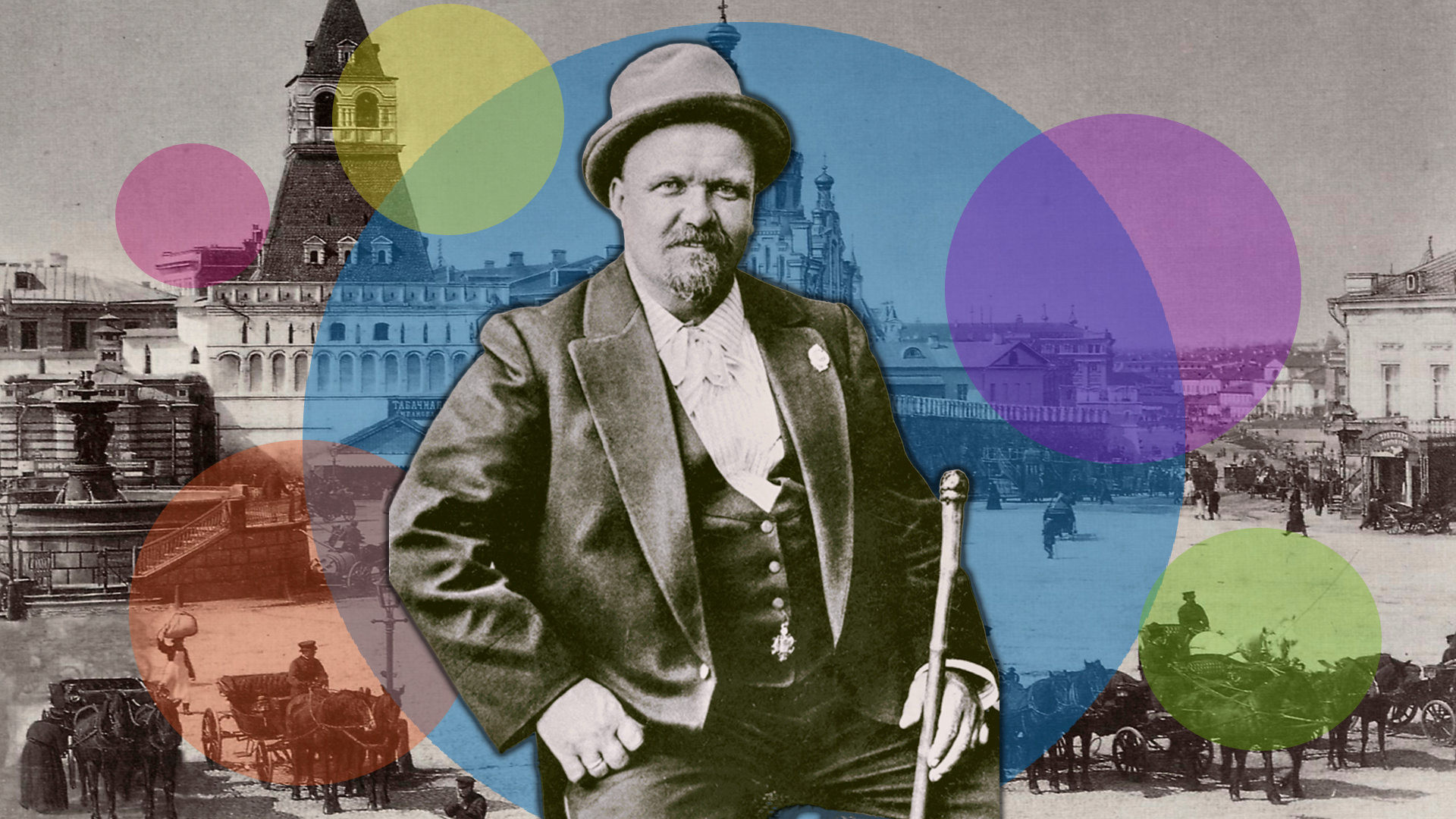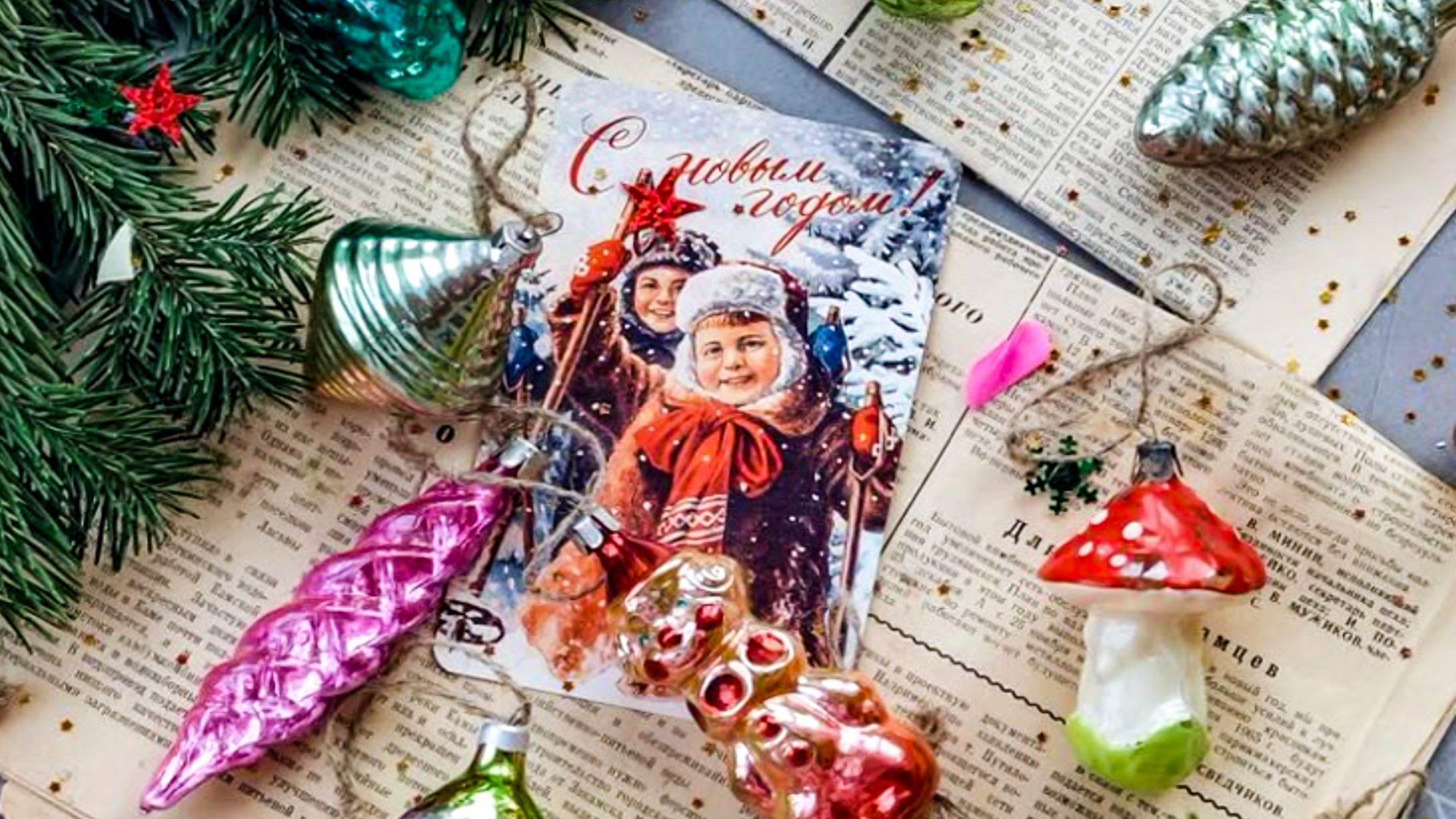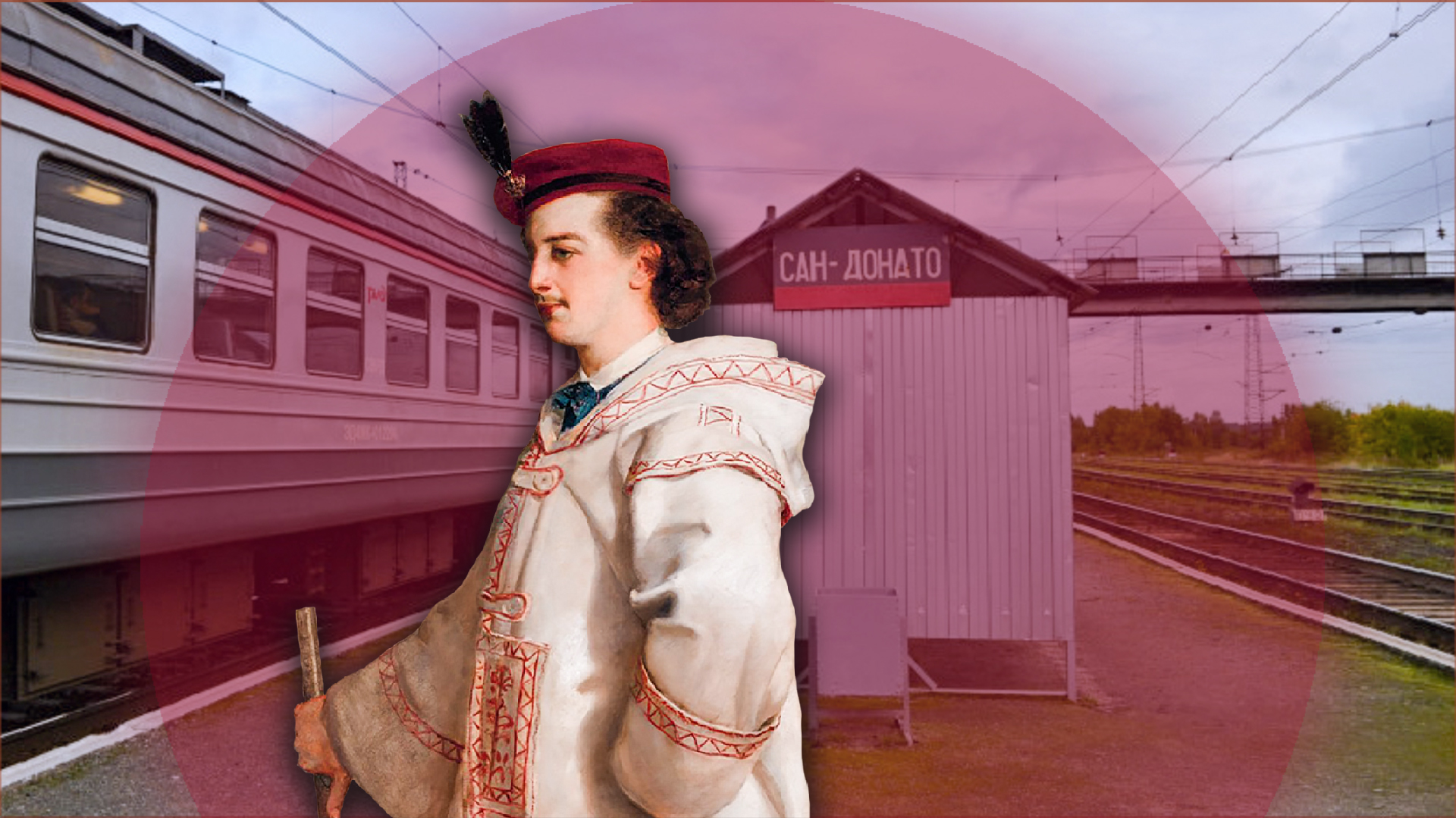
What’s going on in this painting by Alexander Litovchenko? (PICS)
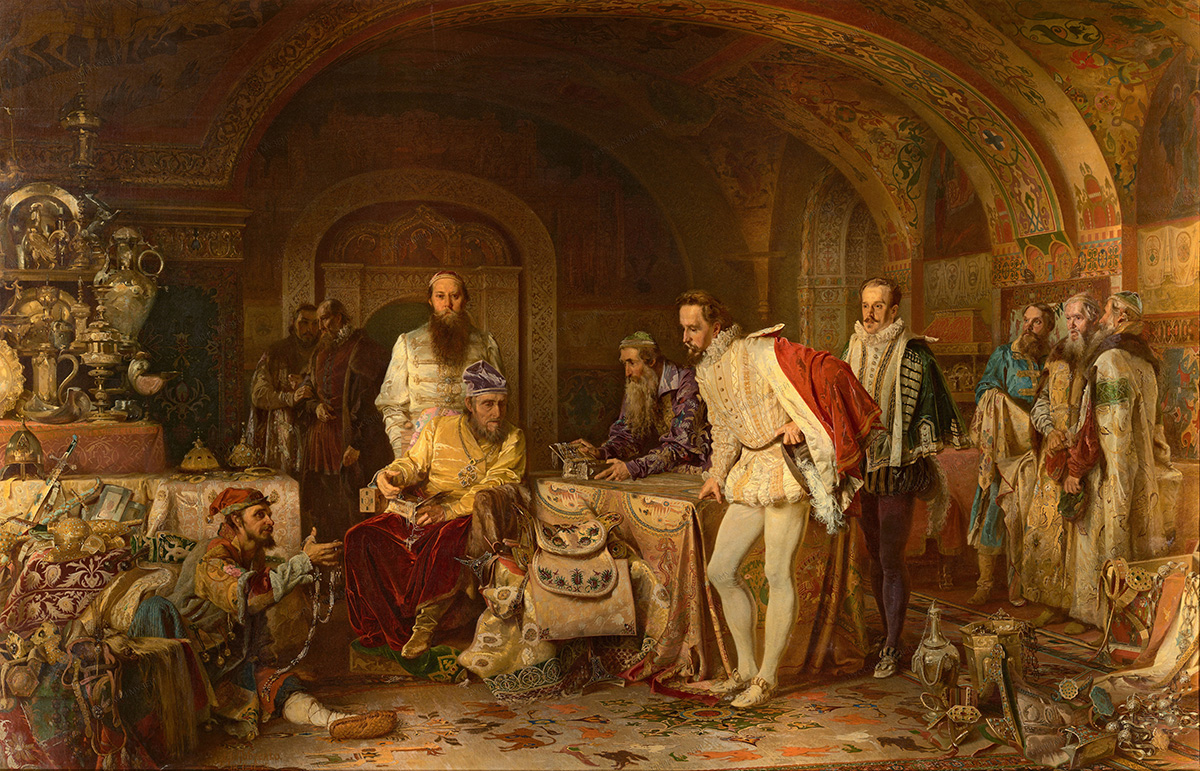
The plot is clear from the title: "Ivan the Terrible shows treasures to the English ambassador Horsey." The artist depicted the tsar sitting in the Armory. In his hands, he holds a box with a pearl necklace and earrings. Another one is hastily being opened by a courtier.
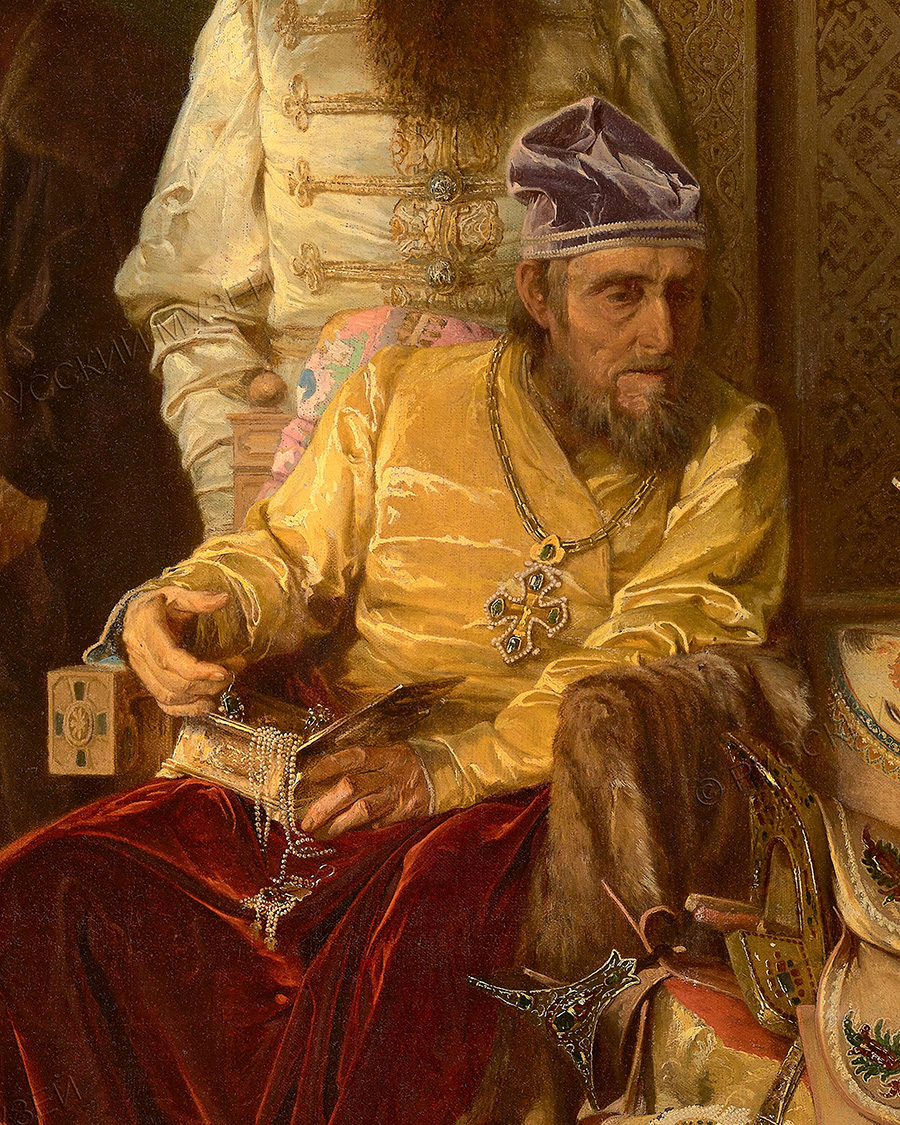
Ivan IV, meanwhile, is attentively listened to by a diplomat in a white doublet – this is Jerome Horsey.
He spent almost 20 years in Russia as a representative of the English Moscow Company and a diplomat. Horsey mastered Russian, managed to gain the trust of Ivan the Terrible and, in 1580, went to London as an ambassador of the Russian Tsar. Later, he carried out assignments for the monarchs of both countries. Horsey delivered 13 ships from Elizabeth I to Russia with cargo that was needed to continue the Livonian War – gunpowder and copper. And it was he who brought to England the news of the death of Ivan the Terrible and the accession of Feodor Ivanovich.
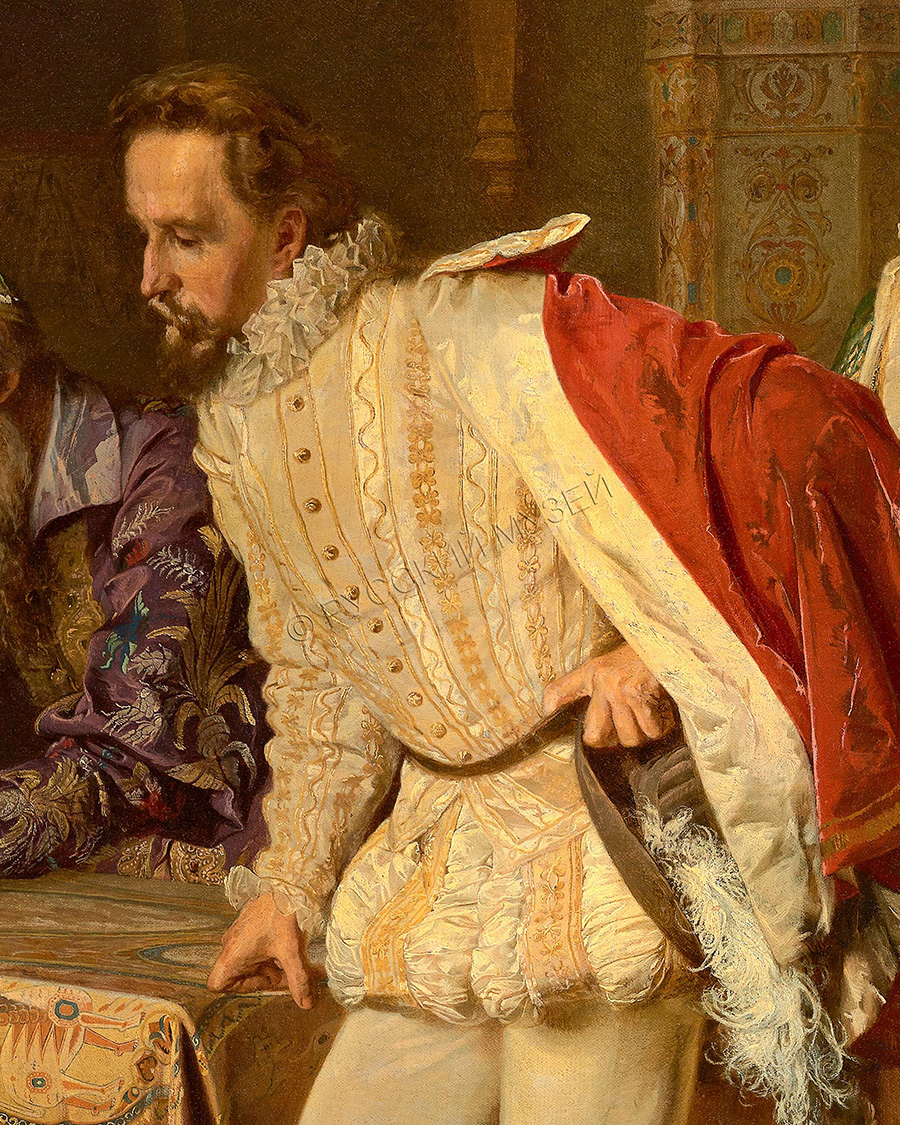
Apparently, Horsey was liked by Ivan IV – the Englishman claimed that he received the Ostrog Bible in Church Slavonic as a gift from the tsar's book depository. He finally left Russia in 1591: He was accused of numerous abuses and causing damage to the Moscow Company, as well as being suspected of espionage. For a while, the Englishman got away with almost everything, until Feodor Ivanovich directly asked Elizabeth I not to entertain such thieves at court anymore.
Tsar's treasures
Horsey wrote three books about his stay in Russia. His memoirs became the basis for Alexander Litovchenko's painting. In ‘The Travels of Sir Jerome Horsey’, he wrote that the tsar was carried out every day (he could not walk well, due to illness) to the treasury, where he told the courtiers about what was kept there. The tsar even once demanded that they bring him a staff made of unicorn horn with diamonds, rubies, sapphires, emeralds and other precious stones, which he called “friends of beauty and virtue and enemies of vice”. “All these are amazing gifts of God, secrets of nature, revealed to people for their benefit and contemplation," Horsey quoted Ivan the Terrible as saying once.
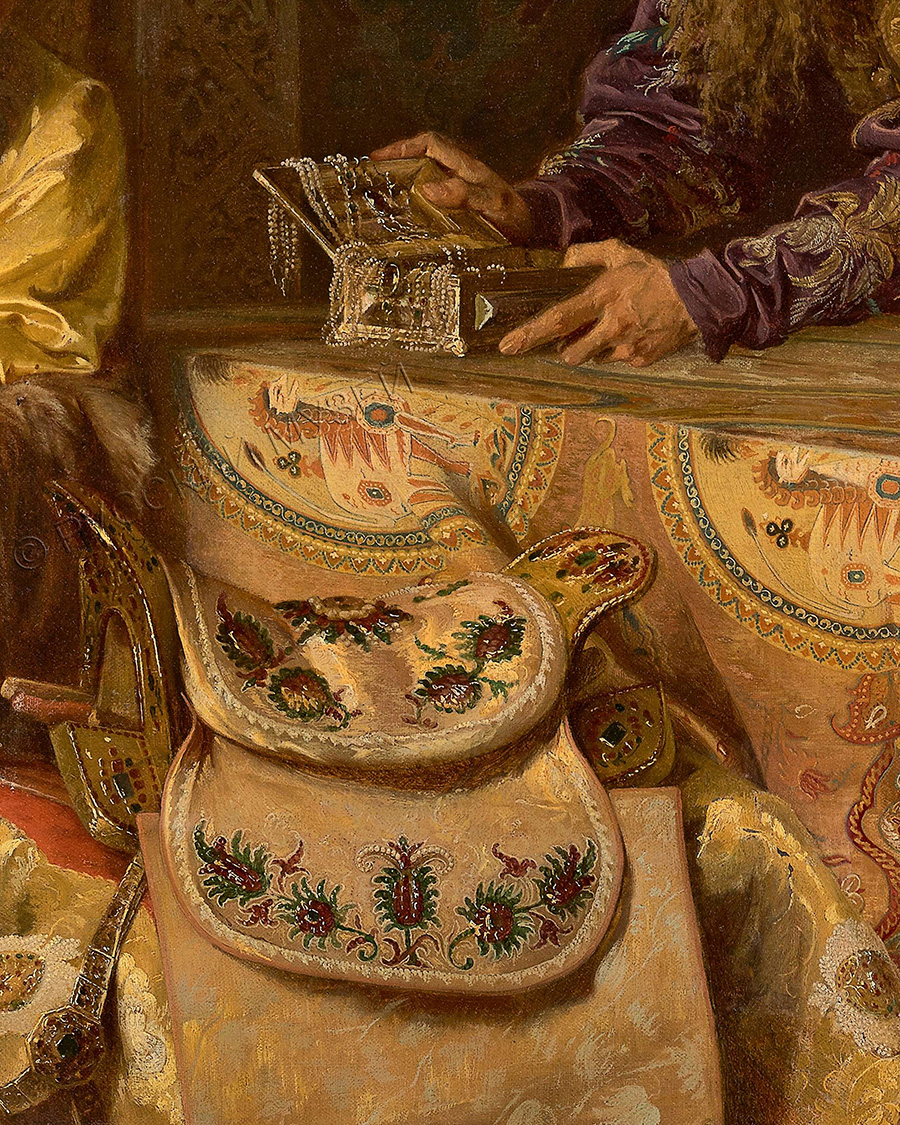
Among the treasures lying around Ivan the Terrible, you can see Alexander Nevsky's helmet, Monomakh's and Kazan's caps, pieces of brocade altabas fabric, cups made of nautilus shells and in the form of a rooster figurine, an ‘Archak’ saddle, velvet saddle holsters – ‘olstras’ (gun holsters), a horse harness and stirrups of Turkish work.
A leap in time
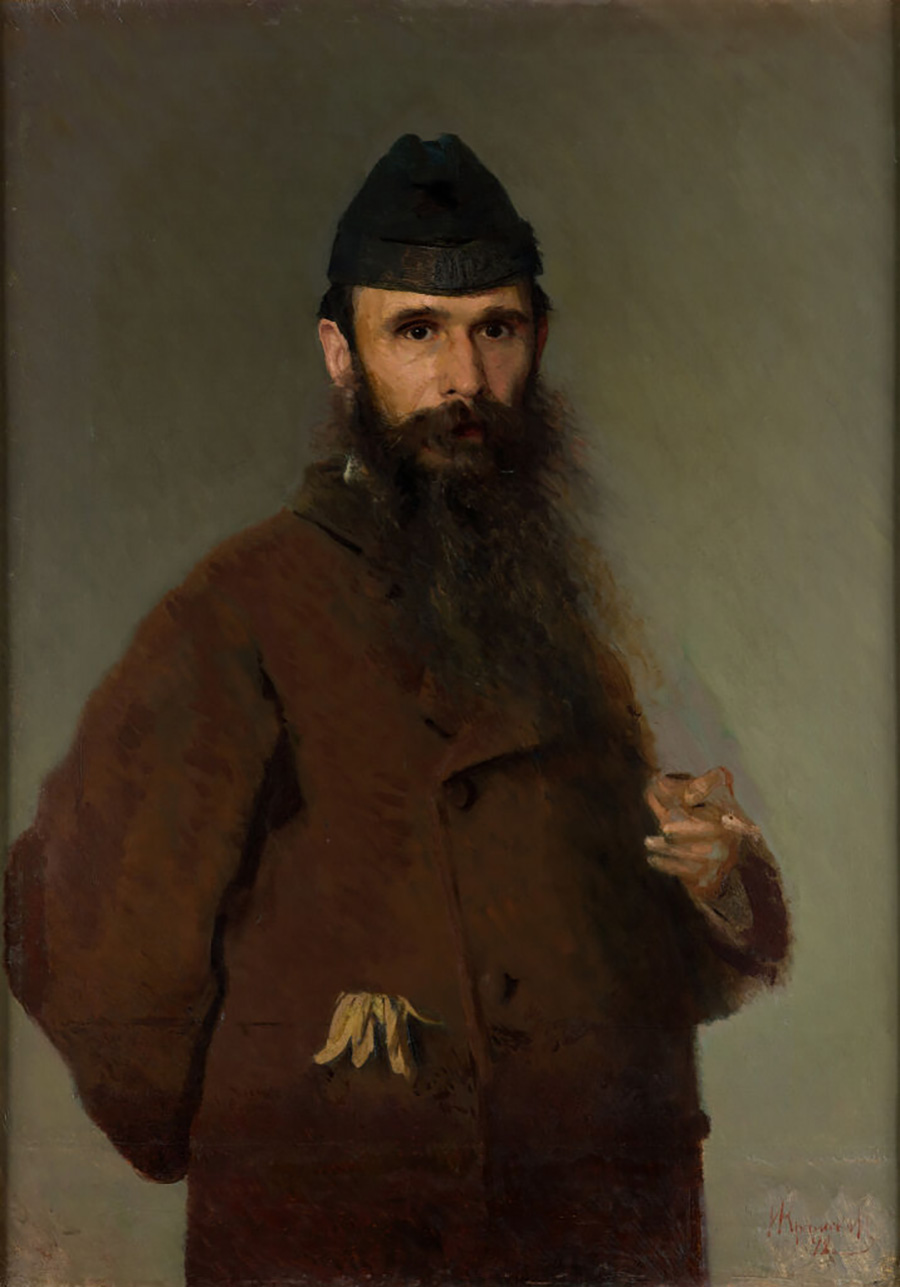
Alexander Litovchenko worked on the painting for four years, hoping to receive the title of professor after defending it at the Council of the Academy of Arts. But, to his disappointment, the canvas was considered to be not very good. According to the academics, it did not correspond to the historical and archaeological context. They did not argue with the artist, although he insisted on more detailed explanations. Litovchenko would go on to remember this insult until the end of his days.
What exactly was not liked in his work remained unclear. But, some discrepancies can be noticed even now. The thing is, Jerome Horsey hardly saw any of the treasures depicted in the painting. Except, perhaps, the hats.


